Image

The eider duck is the most common duck in Iceland and can be seen along the coast and in some lakes close to the ocean. The down (small feathers they use to line their nests) was collected as far back as the 14th century and almost lead to their extinction in the 19thCentury. Nowadays the down is collected and replaced by hay, which the ducks don’t seem to mind and just carry on as normal. The black and white ducks are the drakes (males) and the brown are the hens (females).
| Average Length: | 60 cm |
| Average Weight: | 2.2 kg |
| Wingspan: | 94 cm |
| Diet: | Mussels, slow moving crustaceans near seabed |
| Est. population around Iceland: | ~ 300,000 pairs |
| Residence Period: | All year round |
| Nesting habitat: | Open areas close to sea, usually of high elevation and some man made nesting locations, which are protected |
| Nesting Period: | Late April to Late June |
| Clutch size (No eggs): | 4-6 |
| Incubation time (days): | 25-28 |
| Fledging time: | 65-75 |
| Typical life span (years): | 8 |
| Age at first breeding (years): | 3 |
| IUCN world Status: | Least concern |
| Major Threats: | Oil spills, entanglement in fishing gear, predation, pollution, overhunting |
| Other Names: | Æður, Ederfugl, Haahka, Eiderente, Edredone, Edredon zwyczajny, Eider à duvet, Pehelyréce, Ærfugl, Eider-edredão, Eider |




